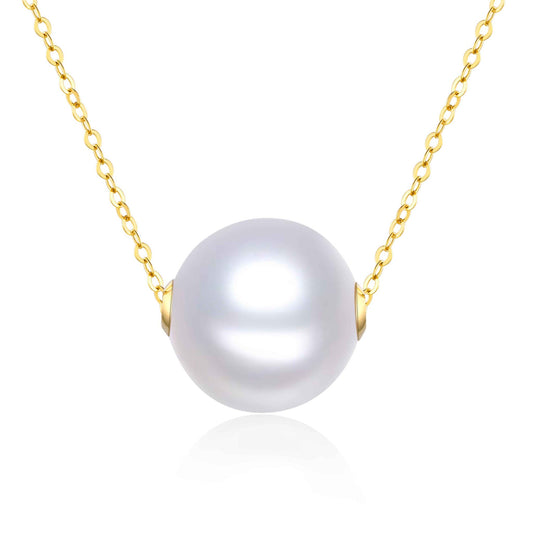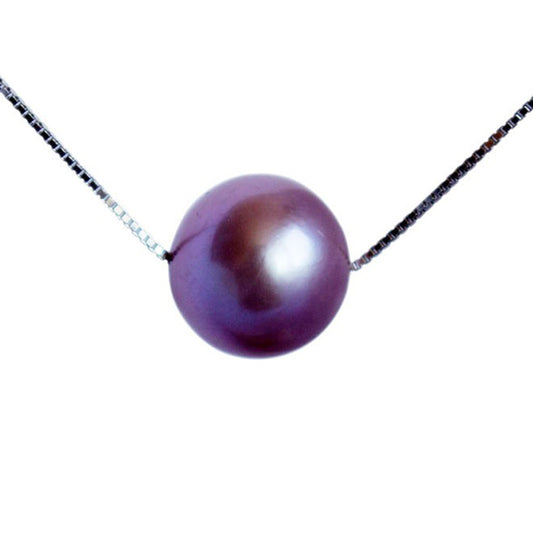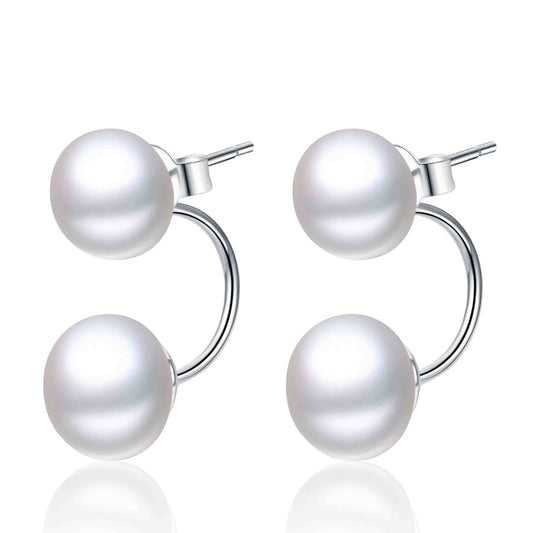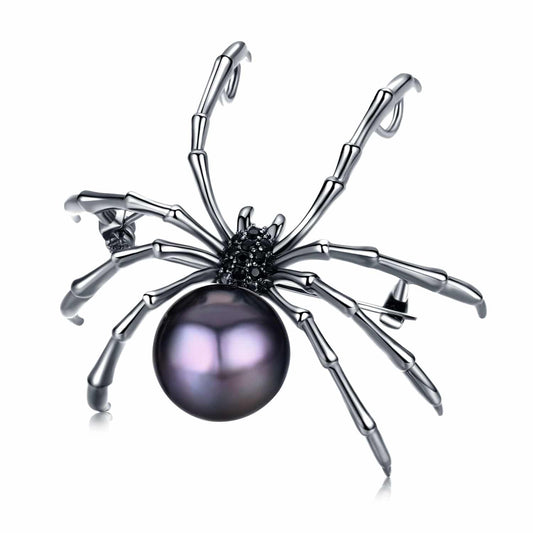A girl’s best friend “Pearl” is the gemstone of serenity. It is an aquatic jewel holding a value known to fewer people. Determining the pearl’s value is an art and not many people have mastered this art. Being an exceptional gem, there are certain measuring standards to label the degree of a pearl’s paucity and value, be it uncultured or cultured, which includes size, shape, imperfection and gloss.
Pearls come in eight unique forms that are categorized into three broad categories including the spherical (perfect round and semi-round), symmetrical (button, tear drop, pear and oval) and baroque (irregularly ringed). The uncultured spherical (perfect round and semi-round) pearls are the rarest, elite and the most expensive ones, used generally in necklaces and strings holding a distinct value in the gemstones family. Similarly, the symmetrical (slightly flattened button pearls, tear drop and pear) pearls which are known to be the choicest pearls for the drop down jewelry are a sign of juvenile beauty. The other types of pearls are comparatively less precious and can be found at a slightly lesser value and mostly they attract the people who like uniqueness and a rare look.
Generally measured in millimeters, they can range in size from 1mm seed pearls to as huge as 20mm south sea pearls. The value of a pearl in terms of size is determined by the mollusk which produces it, the nucleus of the pearl, the conditions of the mollusk and time a pearl took to grow. However, size cannot determine the price value of a pearl but it holds significance in the overall value that the gemstone possesses. The largest pearl recorded till date is a 26.95mm baroque south sea pearl.
The gemstone cultured within a mussel is a symbol of life. The gloss and glow it holds is lustrous and glistering. Value of a pearl is gauged by the experts by keenly noting the gloss coated on the pearl. The degree of a pearl’s value in price in determined by the reflection, a pearl emits while exposed to light and the smooth gloss it holds which gives it a distinction, pearls with a rather dull gloss tend to be of poor quality and their value fades away with time.
Flaw and irregularity of a pearl is determinant of the cultivation and extraction of a pearl along with the rarity and value it holds. Flawless natural pearls which are accurately spherical tend to be the most precious. However, the baroques hold uniqueness as a piece of art. Natural pearls are almost never of the same size and shape and also, they are rarely exact rounds. However, the cultured pearls are of somewhat desired shape and flawless. Therefore, the value of a pearl is determined well by the shape and how perfect it is.
Overall, understanding the value of a pearl as a gemstone requires a lot of keen knowledge and expertise. It requires observation and the instinct which relatively fewer people have but mastering the art is as fascinating as the gem itself.




